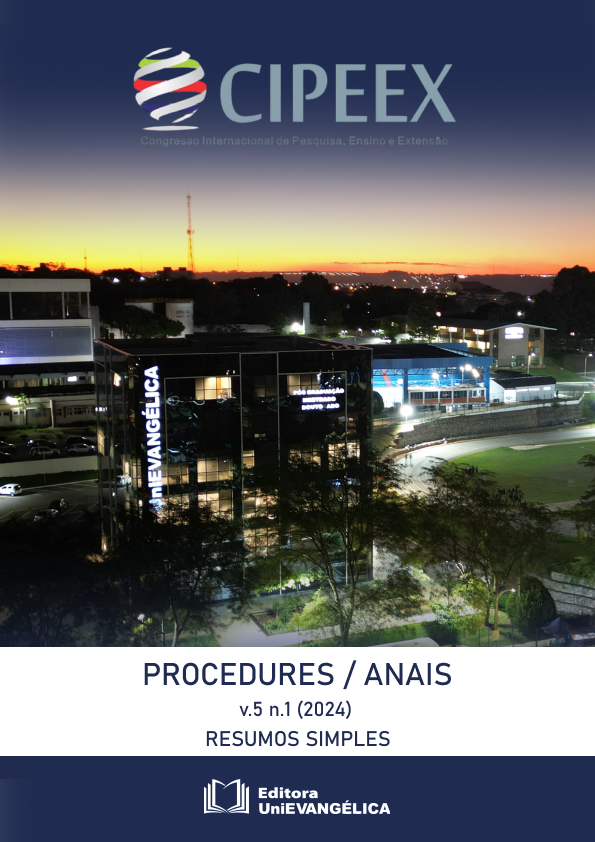HUMAN IDENTIFICATION AND DETERMINATION OF CAUSE OF DEATH THROUGH FORENSIC RADIOLOGY
Palavras-chave:
forensic, radiology, techniques, investigationResumo
Forensic radiology is an emerging field that combines the principles of radiology with forensic science for human identification and determining the cause of death. With technological advances in imaging techniques, such as Computerized Tomography (CT), Magnetic Resonance Imaging (MRI) and X-ray (XR). It is used especially in cases where conventional autopsy is not possible or is limited by factors such as the state of decomposition of the body. This article seeks to contribute to the field of Forensic Radiology by exploring innovative and effective methods for human identification and determining the cause of death. However, there are still significant challenges, such as the standardization of procedures and the interpretation of images, which justifies the need for further research and development in the area. We carried out a survey, based on a search on Google Scholar, of 6 scientific articles on human identification. Imaging techniques applied in human identification, especially in forensic contexts in the analysis of cases. The importance of forensic odontology in the analysis of radiographic images is highlighted, applying two simple methodologies: the detailed anatomical observation of bones and the comparison of radiographs obtained during life and after death. Forensic radiology plays a fundamental role in criminal case studies, especially in the analysis of remains and the reconstruction of events, combining medical knowledge with criminal investigation. The combination of these approaches has allowed a positive association between the identity of a missing person and the body examined, demonstrating the effectiveness of this method in forensic identification. Bones play a crucial role in the forensic context, due to their high resistance to trauma and taxonomic degradation. However, despite this remarkable durability, bones, like other tissues, can undergo anatomical variations that impact forensic analysis and the identification process. Understanding these bone variations is essential in order to integrate and utilize the available information, thus facilitating human identification.Como Citar
Faria, W. J. J. de, Caixeta, B. R., Silva, B. H., Santos, F. S., Santos, G. H. C. dos, Oliveira, G. M. de, … Oliveira, R. G. (2025). HUMAN IDENTIFICATION AND DETERMINATION OF CAUSE OF DEATH THROUGH FORENSIC RADIOLOGY. CIPEEX, 5(1). Recuperado de https://anais.unievangelica.edu.br/index.php/CIPEEX/article/view/11874
Edição
Seção
ANAIS DO CIPEEX s





